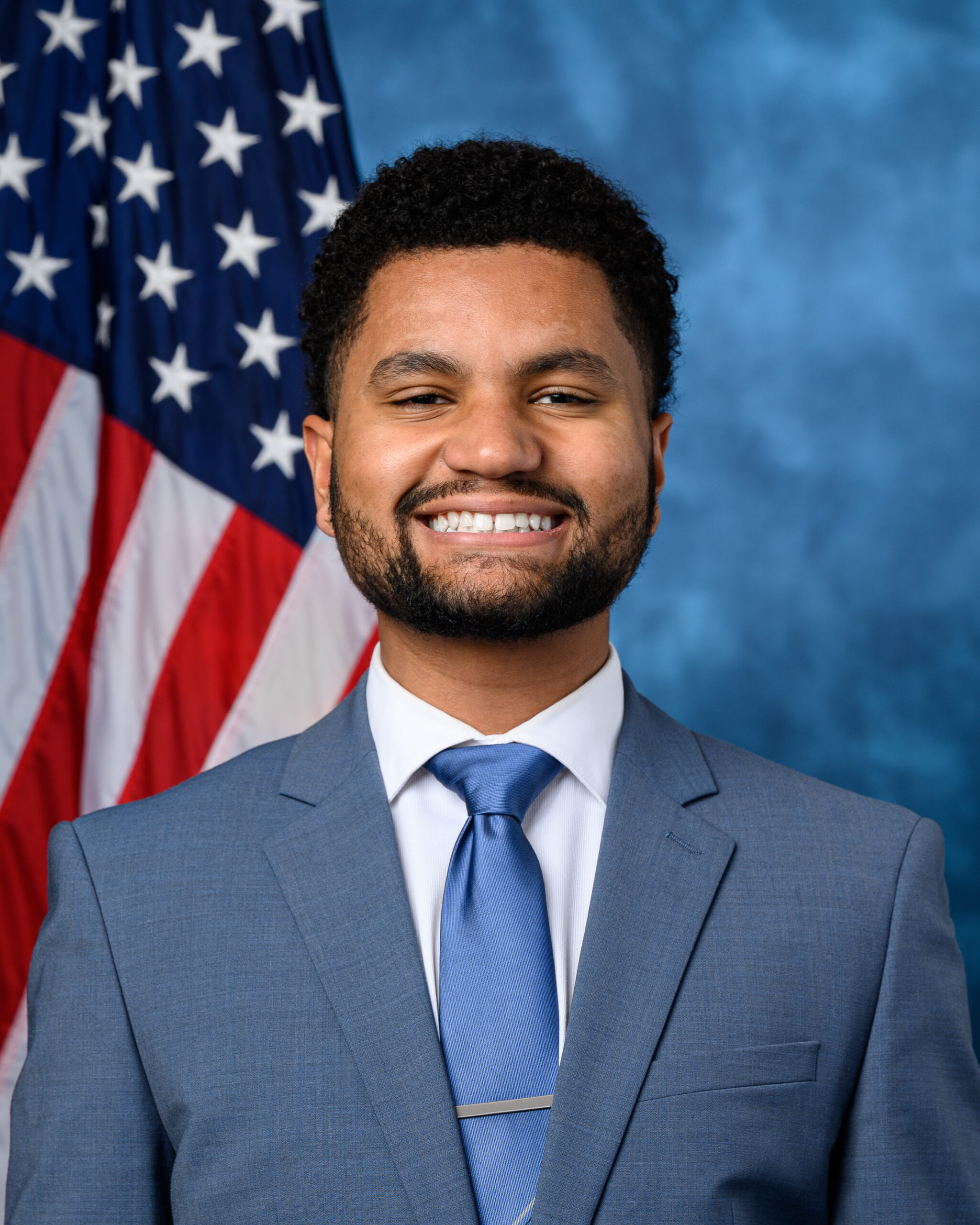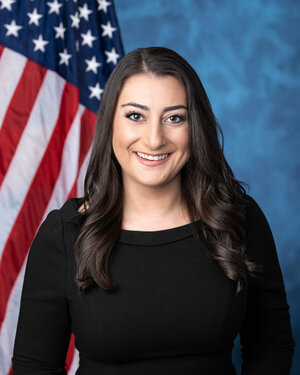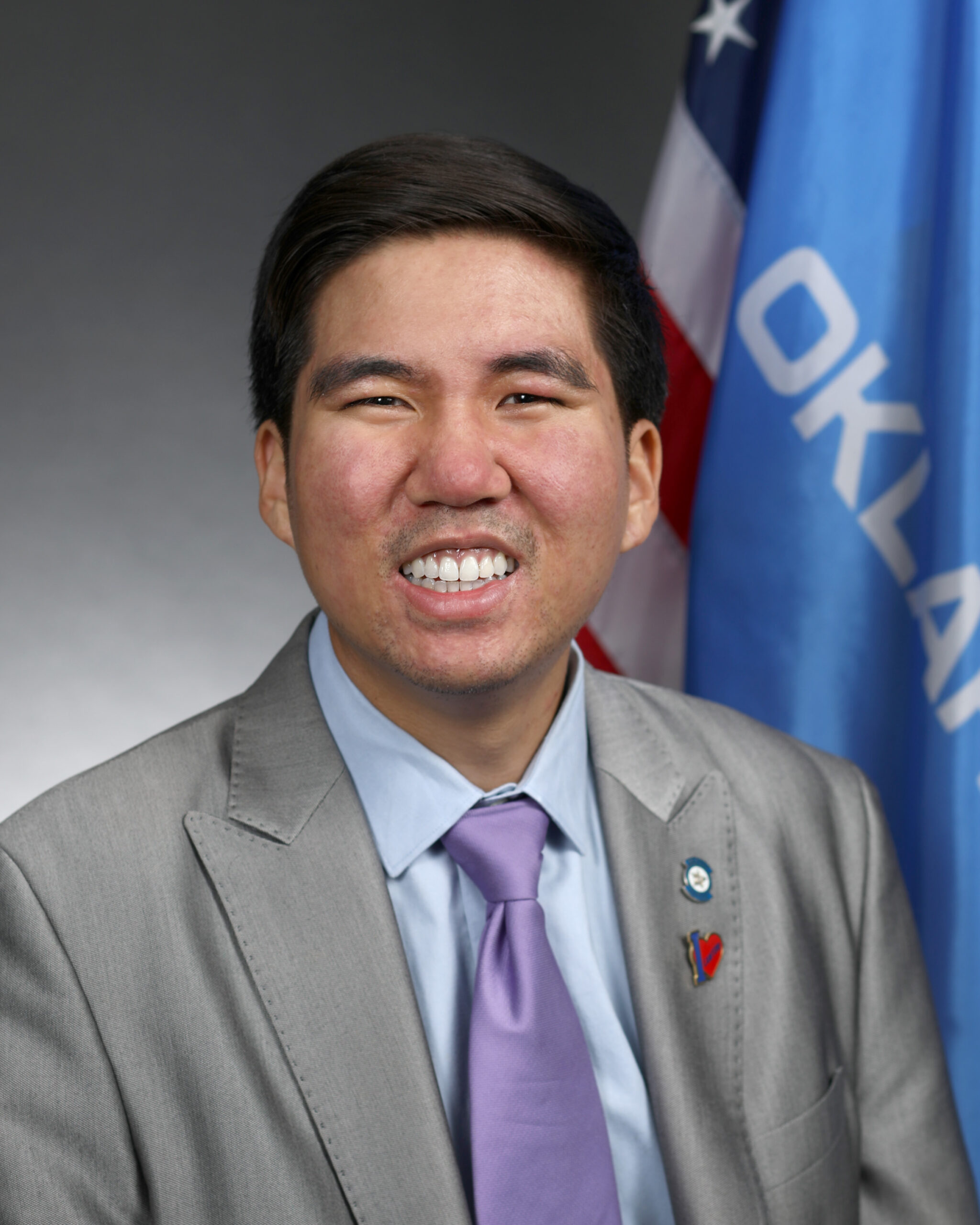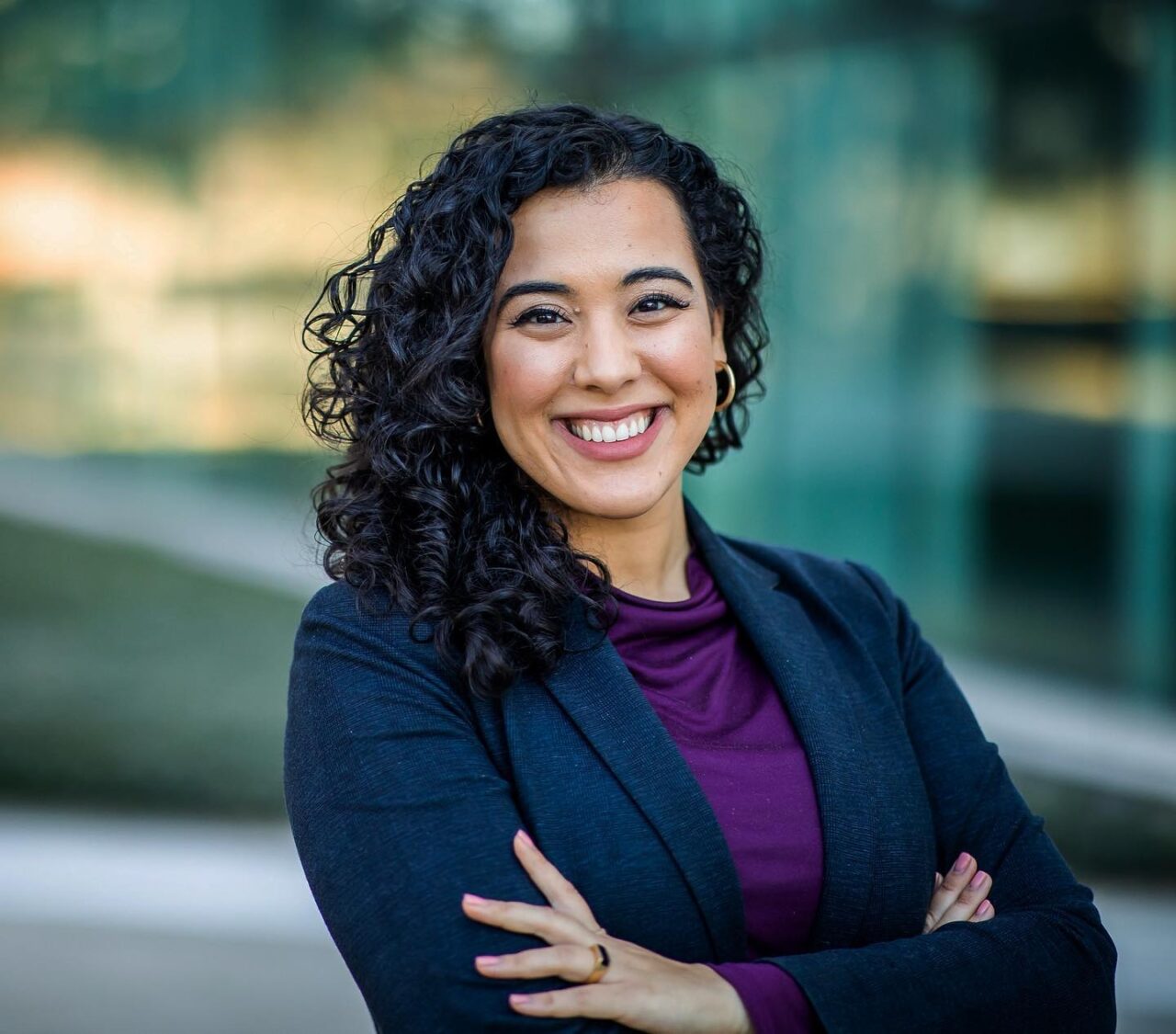Emerging from this Election Stronger
December 2, 2020
As we continue to absorb the results of this historic election season, I write today with a sense of opportunity for our country. The 2020 election witnessed the highest voter turnout in modern American history — during a pandemic, no less. At the same time, this election underscored the worsening divisions and disenchantment that pervades our country. We can’t paper over these underlying issues: we must reckon with, understand, and take action on them. The Milwaukee Journal Sentinel published my thoughts on how we can emerge from this election stronger, and on the agency each of us has in creating a new, positive, inclusive politics.
In short, we should: 1) recognize the media and political incentives that feed and profit off hatred of fellow Americans, and challenge those forces; 2) choose and exercise the practices of empathy and love in political conversations; and 3) support leaders who build diverse coalitions to strengthen our democracy.
That approach is how MAP played a key role in safeguarding the 2020 elections through our Partnering to Ensure Election Resiliency (P.E.E.R.) Project. When the COVID-19 pandemic hit, we knew MAP had a unique responsibility to mobilize our network of legislators to ensure a safe and fair election. Our P.E.E.R. Project successfully helped to secure bipartisan reforms and produced the only bipartisan PSAs in battleground states on safe voting. Here’s the good news: the voting systems largely worked. More Americans than ever before made their voices heard in this election. In Wisconsin — the tipping point state decided by a less than 1% margin — a record 2 million absentee votes were cast early and counted in about 24 hours. Back in April, when we saw poorly-run spring elections, a strong and secure November election was far from a forgone conclusion. Seeing this progress, even though there is much more to do, is something we should be proud of.
In addition to the gains in election resiliency, we saw a surge in youth participation. Youth turnout has likely reached an all-time high, increasing by 10 percent from 2016. MAP also tracked all 703 Millennials who ran for Congress this year, marking a 266 percent increase in the number of Millennial candidates from 2018. At least 41 members of the 117th Congress will be eligible to join our Congressional Future Caucus — including a number of alumni from MAP’s nationwide State Future Caucus Network. To them, we offer a warm congratulations.
But the work isn’t over.
The truth is, the end of this election season will not eliminate the hyperpolarization along lines of party, race, and geography. More than ever, members of the 117th Congress and our state legislatures will need to work as a team to mount a unified response to this pandemic and economic crisis, make concrete progress on racial justice, and address many other pressing issues. The stakes couldn’t be higher. MAP and our network stand ready to build coalitions and provide leadership at this inflection point for our democracy.
By: Steven Olikara, Founder and CEO of the Millennial Action Project






Join 1,900+ BIPARTISAN LEADERS NATIONWIDE
Be a part of a network of lawmakers committed to governing effectively, passing more representative public policy, and increasing public trust in democracy.